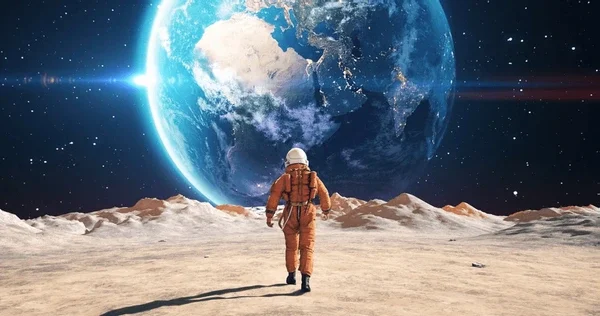Brighter Side of News
1d
332

Image Credit: Brighter Side of News
Journey to the end of the universe—measured one step at a time
- Embark on a cosmic journey to the universe's edge, witnessing stars being born and galaxies colliding in a grand theater of creation and destruction.
- Walking in space is impossible due to lack of surfaces and gravity, with dangers like black holes and deadly radiation posing significant challenges.
- Calculating a walk to the edge of the observable universe reveals the immense scale—taking approximately 10 quadrillion years at a human's pace.
- The universe's expansion, driven by dark energy, means the journey's end is always moving farther away, with scientific debates over the Hubble constant.
- End scenarios include the Big Freeze, Big Rip, and Big Crunch, illustrating possible fates as dark energy propels galaxies apart.
- While walking across the universe is impossible, exploring smaller distances like Earth's circumference or the Milky Way's diameter showcases cosmic vastness.
- From Earth to the Milky Way, the immense scales and challenges of walking across celestial bodies highlight human curiosity and the wonder of exploration.
- While the cosmic journey may be beyond reach, the desire to explore and imagine the wonders of the universe remains an intrinsic human trait.
- No matter how vast the cosmos, the marvel of discovery and the human spirit of adventure persist.
- The article was provided by The Brighter Side of News and edited for style and length.
- To explore such feel-good stories, readers can subscribe to The Brighter Side of News' newsletter.
Read Full Article
19 Likes
For uninterrupted reading, download the app